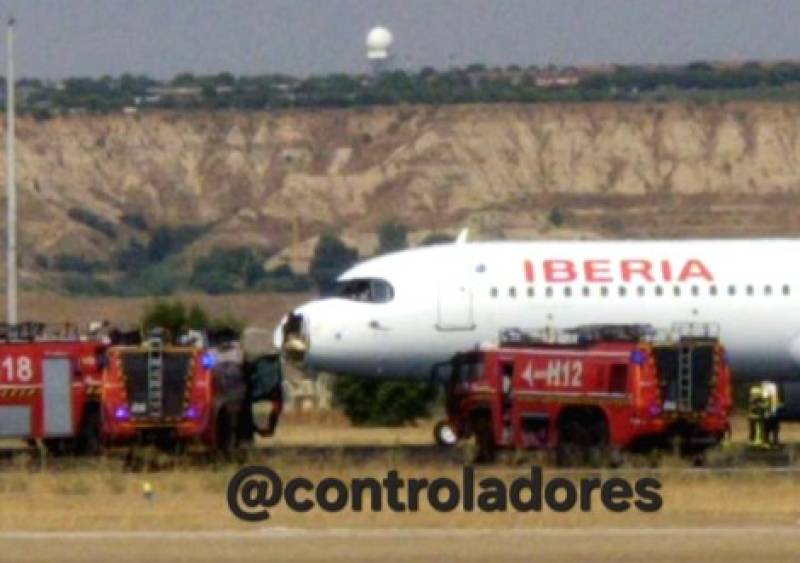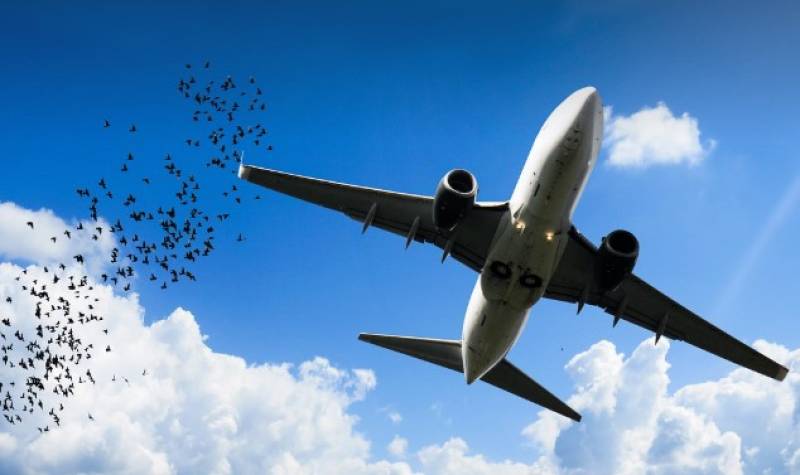

Guidelines for submitting articles to San Javier Today
Hello, and thank you for choosing sanjavier.today to publicise your organisation’s info or event.
San Javier Today is a website set up by Murcia Today specifically for residents of the urbanisation in Southwest Murcia, providing news and information on what’s happening in the local area, which is the largest English-speaking expat area in the Region of Murcia.
When submitting text to be included on San Javier Today, please abide by the following guidelines so we can upload your article as swiftly as possible:
Send an email to editor@spaintodayonline.com or contact@murciatoday.com
Attach the information in a Word Document or Google Doc
Include all relevant points, including:
Who is the organisation running the event?
Where is it happening?
When?
How much does it cost?
Is it necessary to book beforehand, or can people just show up on the day?
…but try not to exceed 300 words
Also attach a photo to illustrate your article, no more than 100kb

Bird strike forces Iberia flight to turn back to Madrid
The Madrid-Paris flight made a safe emergency landing with no injuries
 An Iberia flight bound for Paris was forced to return to Madrid-Barajas Airport on Sunday August 3 after hitting a bird shortly after take-off, causing visible damage to the aircraft’s nose.
An Iberia flight bound for Paris was forced to return to Madrid-Barajas Airport on Sunday August 3 after hitting a bird shortly after take-off, causing visible damage to the aircraft’s nose.The reality behind bird strikes and their consequences
 So-called bird strikes are a known risk in aviation, particularly during take-off and landing when aircraft are flying at lower altitudes. According to international data, an average of 150 such incidents happen worldwide each day, though very few cause serious damage. It’s estimated that only between 1% and 2% of bird strikes result in an emergency such as a diversion or forced landing.
So-called bird strikes are a known risk in aviation, particularly during take-off and landing when aircraft are flying at lower altitudes. According to international data, an average of 150 such incidents happen worldwide each day, though very few cause serious damage. It’s estimated that only between 1% and 2% of bird strikes result in an emergency such as a diversion or forced landing.You might also be interested in: The hair-raising story of a BA pilot who was sucked from the plane and lived to tell the tale








